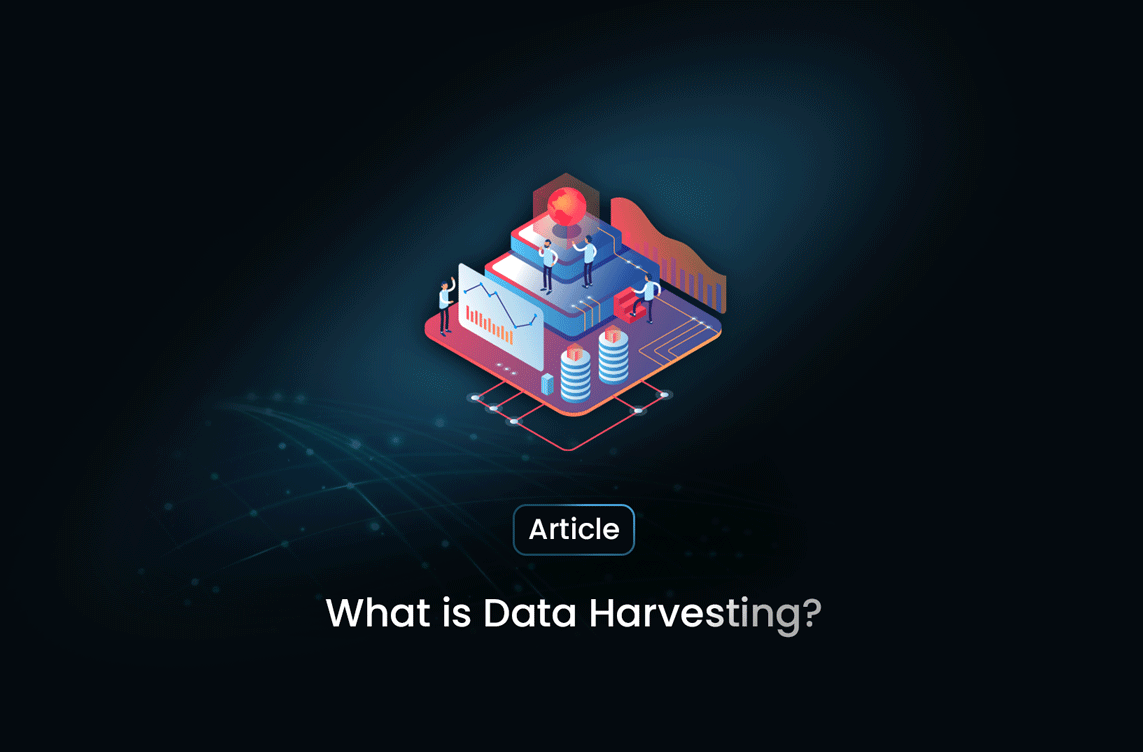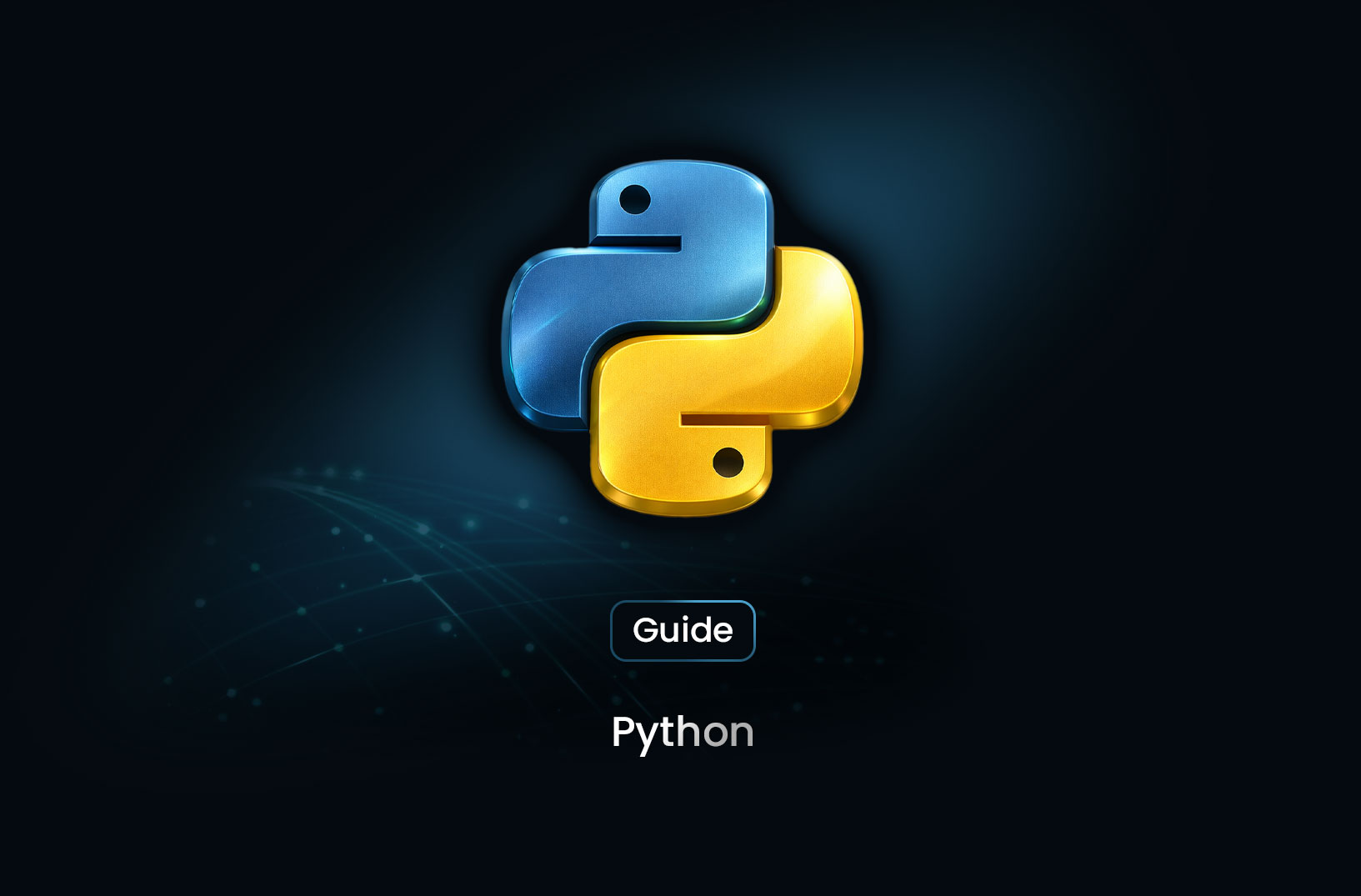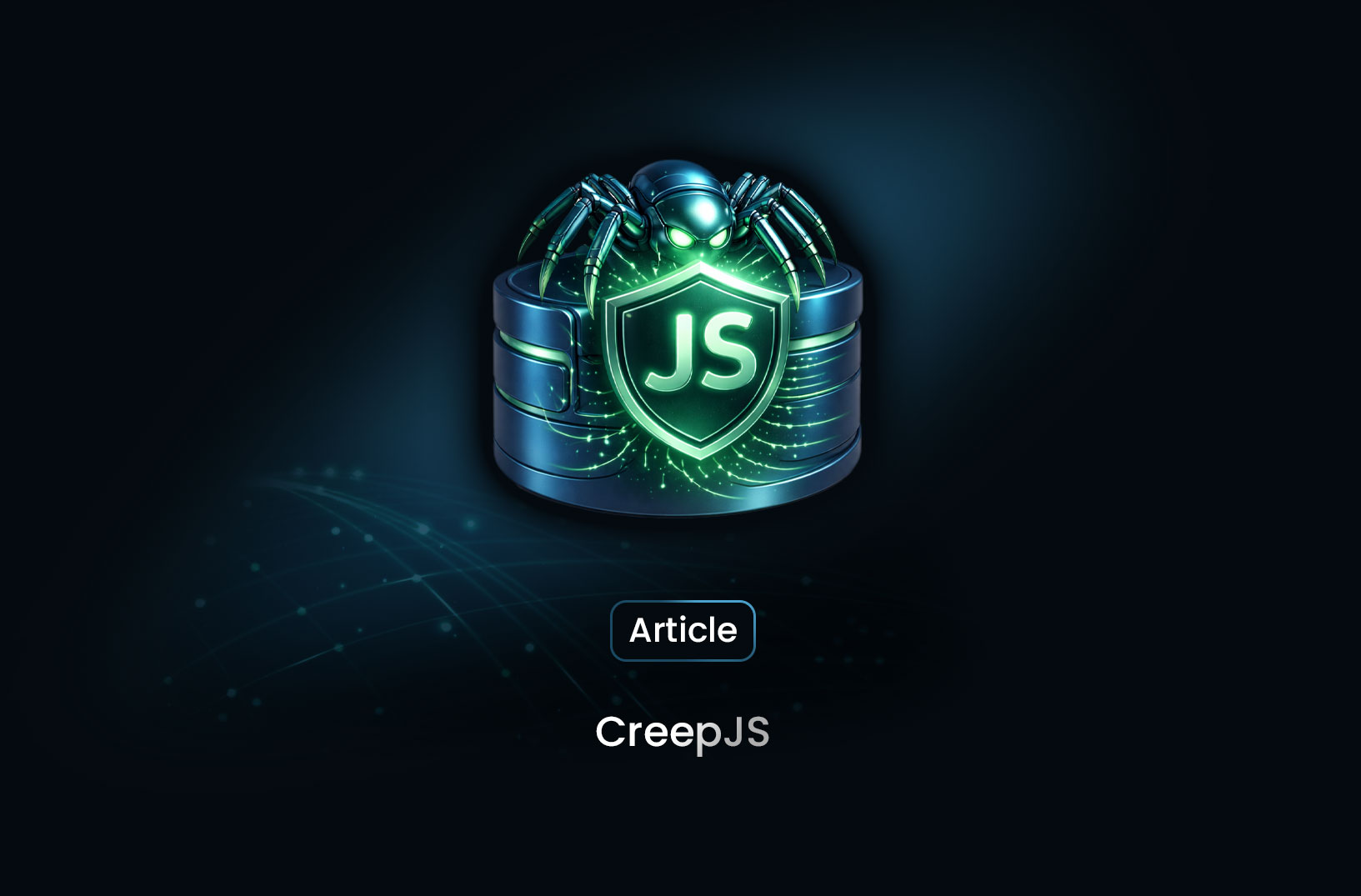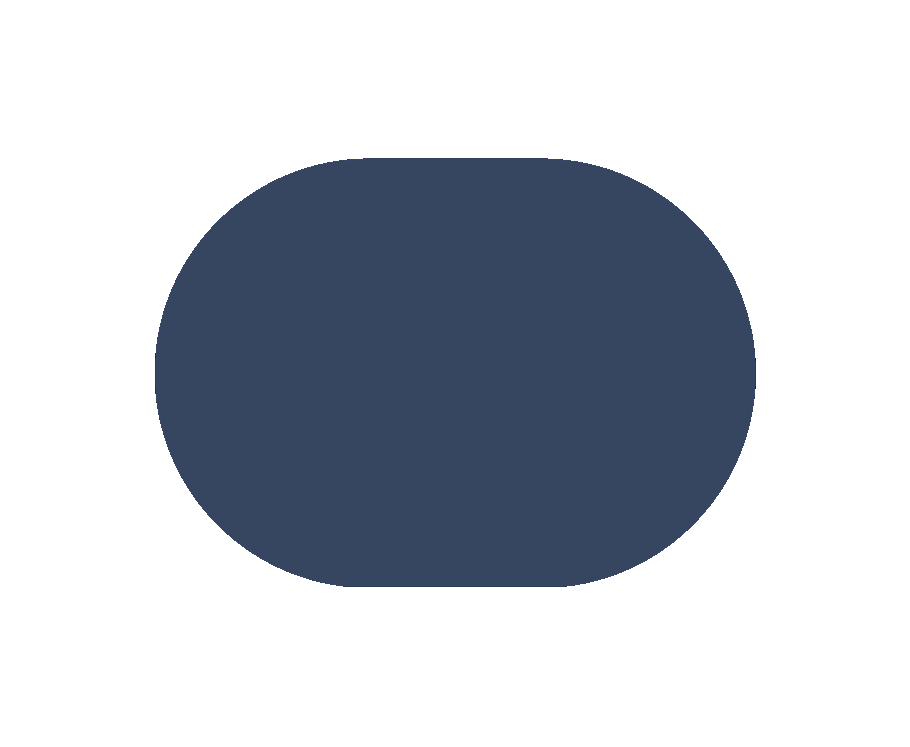
What is Data Harvesting and How to Use It?
ArticleData harvesting is the process of collecting and extracting large amounts of data from various sources, such as websites, APIs, and databases.
Data harvesting is the process of collecting and extracting large amounts of data from various sources, such as websites, APIs, and databases. This practice is widely used in business intelligence, marketing, and research to gain insights and make informed decisions.
In this article, we will explore what data harvesting is, its use cases, and a step-by-step guide on how to implement it effectively.
Use Case: Market Research for E-commerce
Scenario
A growing e-commerce company wants to analyze competitor pricing, customer reviews, and trending products to improve its offerings. By implementing data harvesting, the company can collect real-time data from competitors' websites and social media platforms to identify market trends and adjust their pricing strategies accordingly.
Benefits
- Gain insights into competitor pricing strategies.
- Identify high-demand products and customer preferences.
- Improve inventory management and marketing campaigns.
Step-by-Step Guide to Data Harvesting
Step 1: Define Your Data Requirements
Before collecting data, identify what information you need, where it is available, and how it will be used. Common data points include prices, reviews, social media mentions, and product descriptions.
Step 2: Choose the Right Tools
Select appropriate tools for data harvesting. Some popular tools include:
- Web Scrapers: BeautifulSoup, Scrapy, Selenium
- APIs: Twitter API, Google Maps API, OpenWeather API
- Automation Platforms: Zapier, UiPath
Step 3: Extract Data
Use web scraping techniques or APIs to extract the required data.
If using web scraping:
- Identify the website structure.
- Use a web scraping library to extract specific elements.
- Store the extracted data in a structured format such as CSV or JSON.
Example: Data Harvesting with Python
Below is a simple Python script using BeautifulSoup to scrape product titles from an e-commerce website:
import requests
from bs4 import BeautifulSoup
url = 'https://example-ecommerce.com/products'
response = requests.get(url)
soup = BeautifulSoup(response.text, 'html.parser')
for product in soup.find_all('h2', class_='product-title'):
print(product.text)
Step 4: Clean and Process Data
Raw data may contain duplicates, errors, or missing values. Use data cleaning techniques to refine the dataset, ensuring accuracy and consistency.
Step 5: Analyze and Visualize Data
Once the data is cleaned, use data analysis tools such as Pandas (Python), Excel, or Power BI to generate insights. Visualizing data through charts and graphs helps in better interpretation and decision-making.
Step 6: Automate Data Harvesting
To keep the data updated, automate the harvesting process using scheduled scripts or automation tools. Regular updates help in maintaining the relevance and accuracy of the data.
Step 7: Ensure Compliance with Legal and Ethical Standards
Always adhere to data privacy laws and regulations, such as GDPR and CCPA. Obtain proper permissions and avoid violating website terms of service when collecting data.
Conclusion
Data harvesting is a powerful technique that helps businesses and researchers collect valuable insights efficiently. By following the right steps and using ethical practices, organizations can leverage data harvesting to stay ahead of the competition, optimize strategies, and improve decision-making processes.
For a more efficient and scalable data harvesting solution, check out [MrScraper](https://www.mrscraper.com/, a powerful tool for automating web scraping and data extraction.
Find more insights here

API Calls 101: Understanding How the Web Communicates
Learn what API calls are, how they work, and why they are essential for modern web and software syst...

Python: How to Add Items to a Dictionary
Learn how to add and update items in Python dictionaries using assignment, update(), setdefault(), l...

CreepJS: Browser Fingerprinting and What It Means for Scrapers
Learn what CreepJS is, how browser fingerprinting works, and why it matters for web scraping, automa...
